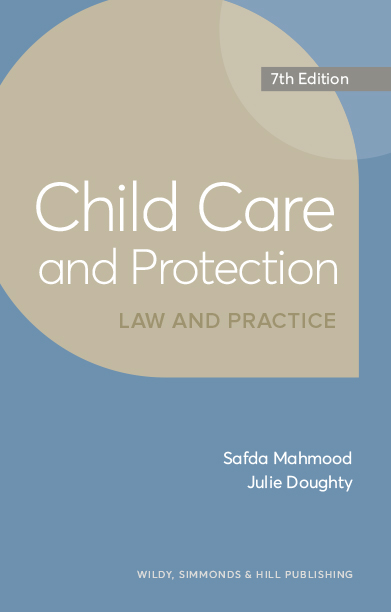
“...the breadth of legal topics covered, along with their application and use within practice is striking...with specific references and analysis on updating legislative provisions, regulations, practice guidance, and case law…each chapter has a break-down of the issues that one must bear in mind. All practitioners have to do is read it, apply it, and reap the benefits… would definitely recommend this book to other practitioners.”. Review in Pink Tape by Dominik Morton, St John’s Chambers
"...a practitioner’s friend during these times of increasing changes and revision in child law proceedings, plus the ever re-modelling of our process as more and more legislation and guidance is produced. Keep up to date! Review, Richmond Green Chambers"I would thoroughly recommend it as a readable and practical tool to assist the busy practitioner" - Family Law review of the previous edition
The new edition of this popular title has been extensively updated to provide a practical guide to the complexities of the Children Act 1989 and subsequent child protection legislation, guidance and case law. Among the developments included in this edition are:
- the changes brought about by the Public Law Outline in January 2023 to family justice, particularly in relation to expert evidence, time limits, care plans and delay;
- the law surrounding deprivation of liberty as it relates to children, regarding the interface between care proceedings and Article 5 ECHR, and consideration of key case law, such as Re T (A Child) [2021] UKSC 35;
- the revision of Practice Directions, such as PD12A (Care and Supervision Proceedings and other Part 4 Proceedings: Guide to Case Management), Child Arrangements Programme (PD 12(B), and Revised PD12J – Domestic Abuse and Child Arrangements, Pilot Reporting and Private Law Review;
- significant case law developments in children law since publication of the last edition; and
- the revised edition of Working Together to Safeguard Children (2023), which has changed the position in relation to safeguarding and child death reviews, as well as assessments.